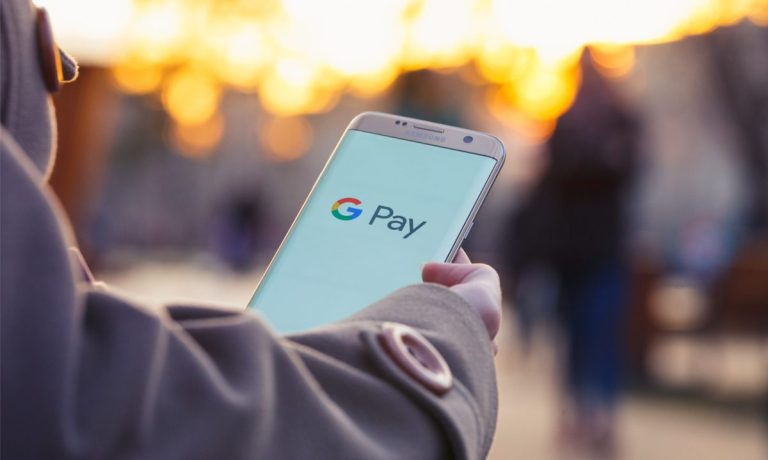Google to Phase Out Standalone Google Pay App

Google is shutting down its standalone Google Pay app to simplify its digital wallet offering.
Beginning June 4, the U.S. version of the standalone Google Pay app will no longer be available, the company announced in a Thursday (Feb. 22) blog post.
“You can continue to access the most popular features — tapping to pay in stores and managing payment methods — right from Google Wallet, which is used five times more than the Google Pay app in the U.S.,” the post said. “We want to help make this transition as smooth as possible. Anywhere you normally use Google Pay — from checking out online to tapping and paying in stores — remains the same.”
As for Google’s millions of customers in India and Singapore, the Google Pay app will remain untouched as the company continues “to build for the unique needs in those countries.”
Until June 4, Google Pay app users will still be able to manage their Google Pay balances and make transfers to their banks. Following June 4, users will no longer be able to make peer-to-peer payments through the Google Pay U.S. app.
“We’ve invested in making payments as fast and seamless as possible — like improving Google Pay autofill in Chrome, making it easy to pay for public transit and expanding the types of passes you can store in Wallet,” the blog post said. “And looking ahead, we’ll continue improving payment experiences like these.”
Google is making these changes at a time when digital wallet users are spending more than nonusers, according to findings from “Tracking the Digital Payments Takeover: Can New Use Cases Drive Consumer Use of Digital Wallets?” a PYMNTS Intelligence and AWS collaboration.
The research found that digital wallet users spent 33% more, on average, on restaurant purchases than nonusers, 17% more on retail and 4% more on groceries.
“Data shows that the higher spending trends in these categories are consistent throughout the year,” PYMNTS wrote. “With this in mind, businesses may want to adjust their strategies.”
In addition, the research found that 51% of consumers are interested in using digital wallets for something other than convenience. This includes storing documents like driver’s licenses and event tickets. Interest in these methods is more pronounced among younger consumers, with 78% of Gen Z users and 75% of millennials using digital wallets for storage.
“Adults with children also show a relatively high level of interest. In addition, interest in using digital wallets in new ways rises with income, peaking at 59% among those annually earning more than $100,000,” PYMNTS wrote.

